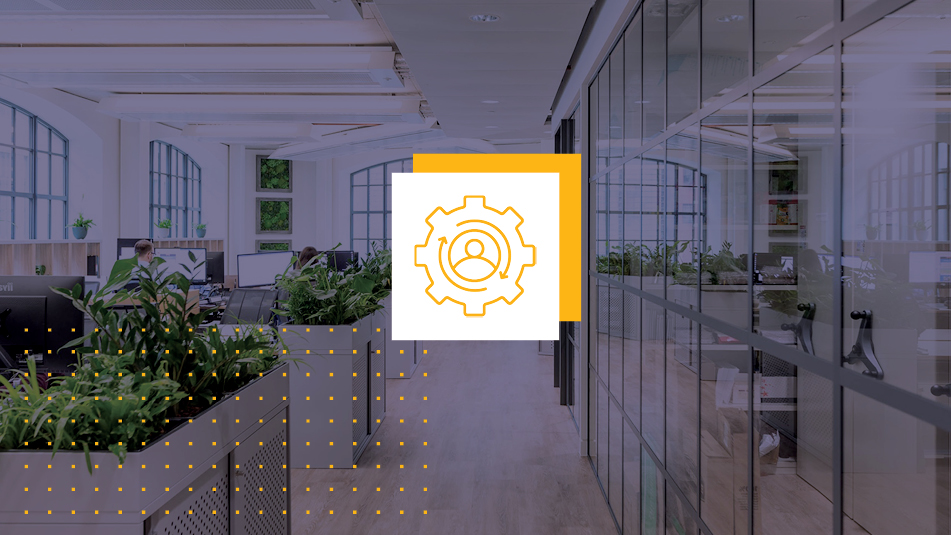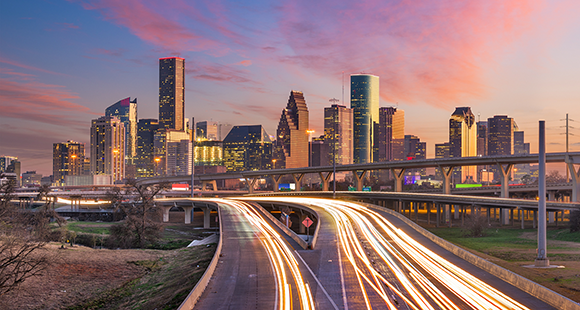Decoding Commercial Real Estate Lingo
If you don't work in the commercial real estate world, the vocabulary of brokers and landlords during your market tour as part of your search for new office space may confuse you. Here's a quick cheat sheet:
Turn-key
When you tour a space, you may hear the landlord say, "we can do whatever you want, we will turn-key it." This means that the landlord will build out the space at their own expense, and the tenant will not pay out of pocket for any construction costs. Seems too good to be true! Should this be the path you choose (and it's not a bad one), it's very important to have a lease that explicitly details every aspect of the build out. Once the lease is signed, any changes the tenant wants are going to be at their own expense.
Live, Work, Play
These days, efficiency is key. That's why creating a workplace for employees where a person can get their daily tasks completed in one place is highly desirable, allowing them to live, work and play without extra travel. This includes everything from residences, dry cleaners, gyms and restaurants.
Activate the Ground Floor
The ground floor of a property gets the most foot traffic, and landlords recognize that office buildings will draw in more people with easy access to attractive, engaging spaces. In office buildings, this generally means retail shops, sidewalk cafes, an outdoor space with tables to eat lunch, or even an art installation to check out.
On Spec
"Spec" is short for speculative. When a landlord plans to build out a space on a speculative basis, they will start construction based upon a specified build out plan, without a tenant that's signed a lease to rent it. Many landlords are building out spec suites so they're ready to satisfy the demand from technology companies who need office space immediately - a common practice as of late in the downtown market.
Low, Mid, and High-Rise
Each space you look at will obviously be on a certain floor of a building. Low-rise floors are considered floors 1 through 15 and mid-rise is floors 16 through 26. A high-rise property is over 26 floors.
Useable Square Footage vs. Rentable Square Footage
The useable square footage (USF) refers to the total amount of square footage in your offices, conference rooms, kitchenette, reception area, storage rooms and more. To get to the rentable square footage (RSF), you have two add-ons factors. The first is the circulation factor, which is the walkway area that allows you to maneuver around your space. This is about 35%. The second is the buildings add-on factor, which will vary with each building based on the amount of common space it has. For Downtown Boston, it can range anywhere from 18 to 35%. Here's an example: 1,000 USF + 1.35% circulation factor + 1.25% building add-on factor will equal 1,687 RSF. This RSF number is the square footage on which you will pay rent and will be memorialized in your lease.
While the vocabulary of commercial real estate can be confusing, just remember the leasing process is always made easier by consulting professionals. Tenant advisors specialize in these transactions, making your leasing process as streamlined as possible.


